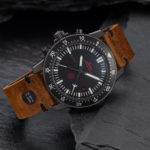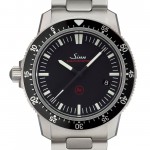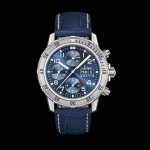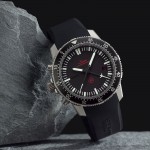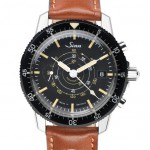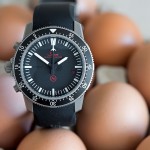Purpose Built: The Sinn EZM 12
A unique watch for emergency medics.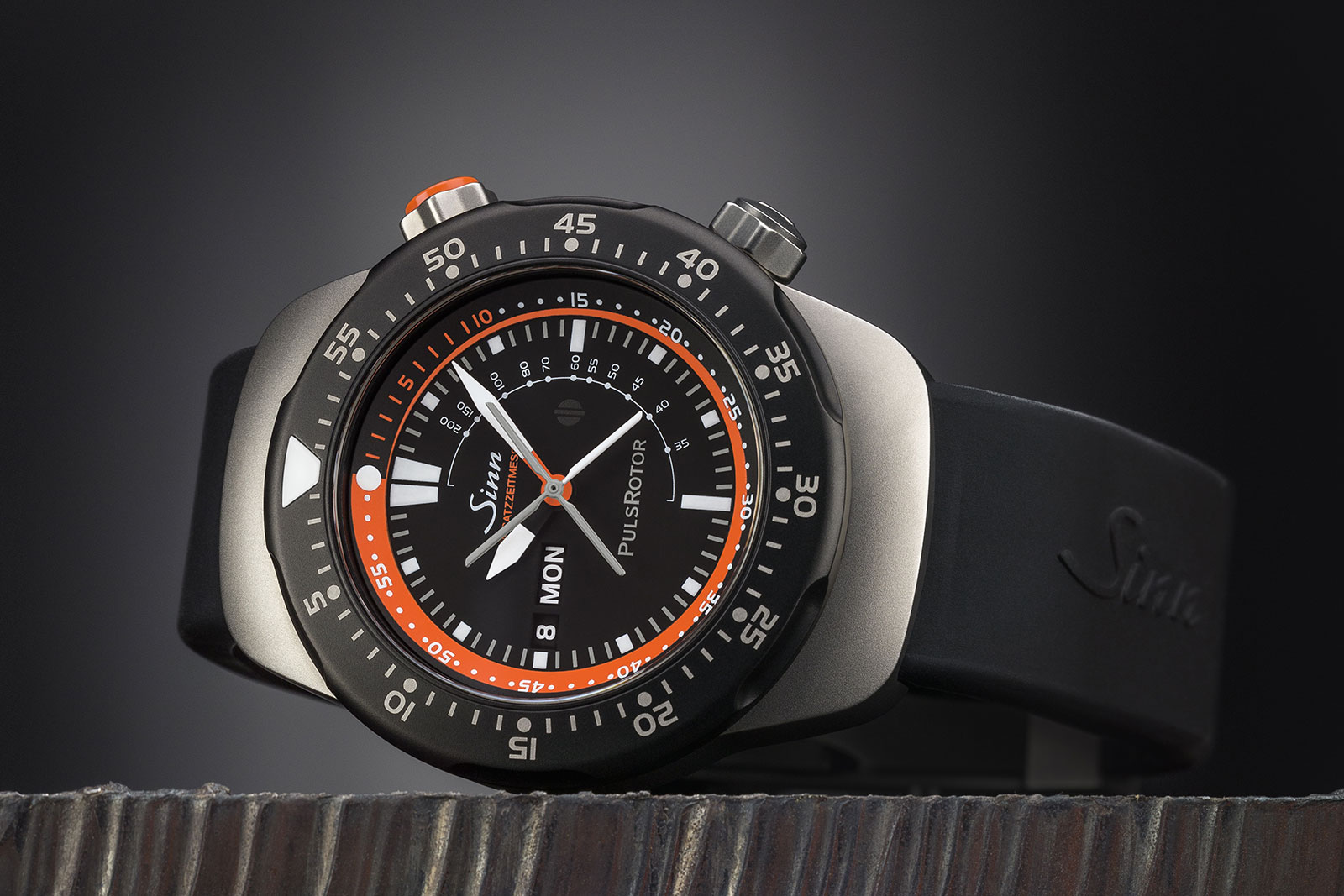
“Tool” watches form a substantial part of watchmakers’ offerings today, at practically every point of the price spectrum. But true tool watches built for – and actually used by – professionals are rare. That’s partly due to the fact that inexpensive electronic watches do just as good a job.
But Sinn continues to offer unusual timekeepers conceived specifically for professionals, ranging from pilots to firefighters, including the EZM 12 designed for emergency medical workers.
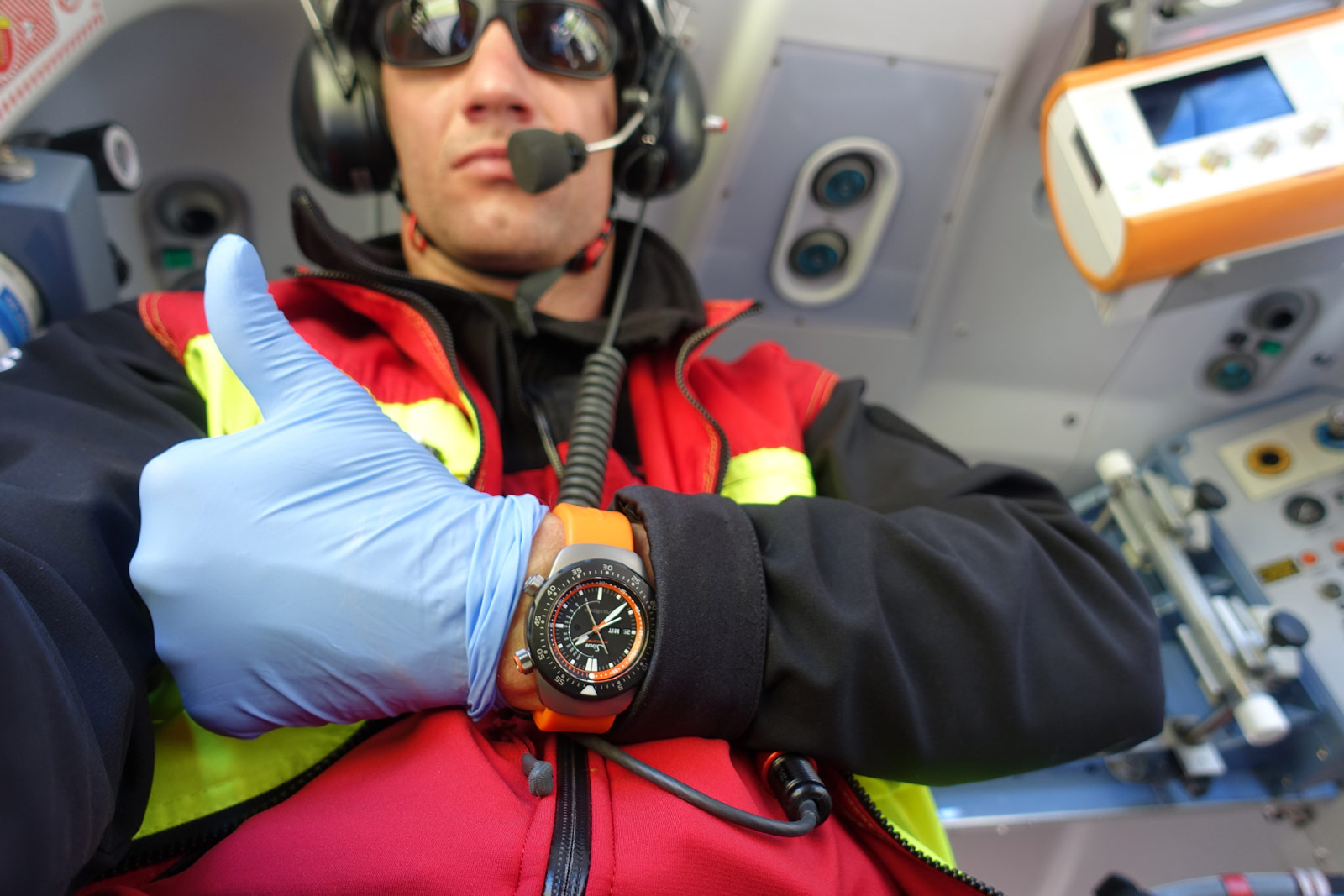
Dr Martin Leitl with the EZM 12
Einsatzzeitmesser
Historically a brand focused on tool watches, many watches in Sinn’s catalogue are no-frills timepieces with maximum functionality and legibility. Arguably the pinnacle of its tool watch line-up is the EZM series, short for Einsatzzeitmesser, which translates as “mission timer”.
A “mission timer”, generally speaking, is an instrument for time measurement in a professional capacity, often one used for military applications, timekeeping on scientific expeditions, or even automobile races and rallies. The watches that make up the EZM series are largely designed for the needs of professionals in various fields, often conceived with the input of users in the field.
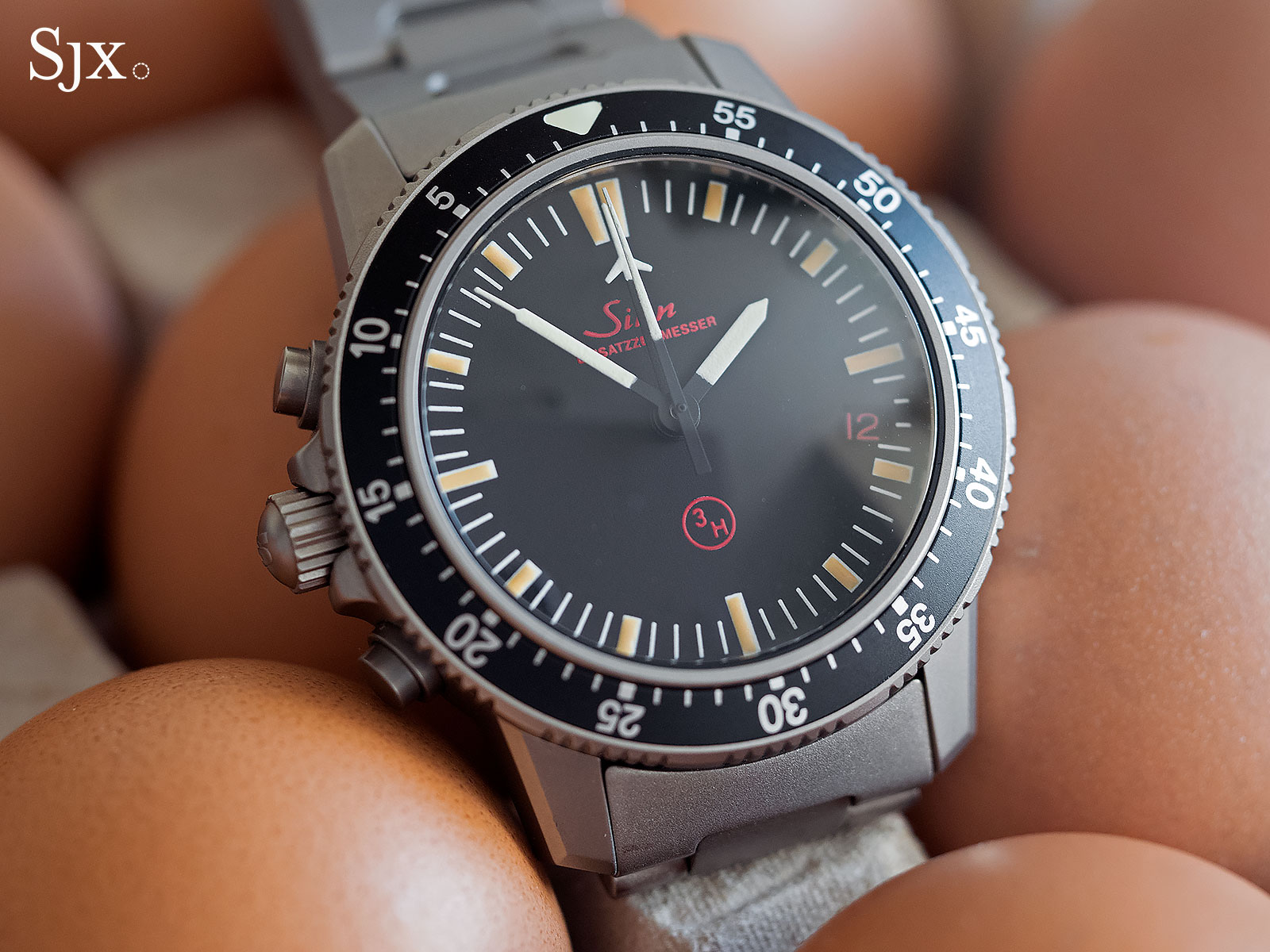
The EZM 1
The watch that started the series was the EZM 1 with its distinctive left-handed case orientation. Introduced in 1997, the first “mission timer” was developed for the Zentrale Unterstützungsgruppe Zoll (ZUZ), the tactical unit of Germany’s federal customs authority.
About two dozen were issued to the operators of the unit bearing the unit logo on the dial. Over the subsequent decades, the EZM 1 spawned started a lineage of reliable, robust, and capable instruments created specifically for various professionals.
The EZM 12
One of the more recent additions to the series, the EZM 12 is arguably one of the most specialised models in the collection. Designed in collaboration with emergency physicians as a mission timer during ambulance journeys – by air, land, or sea – the EZM 12 has a dial designed to track vital signs while the unique case construction is meant to facilitate simple cleaning and disinfection. Its focus on function rather than styling or wearability is what sets it apart as a true tool watch.
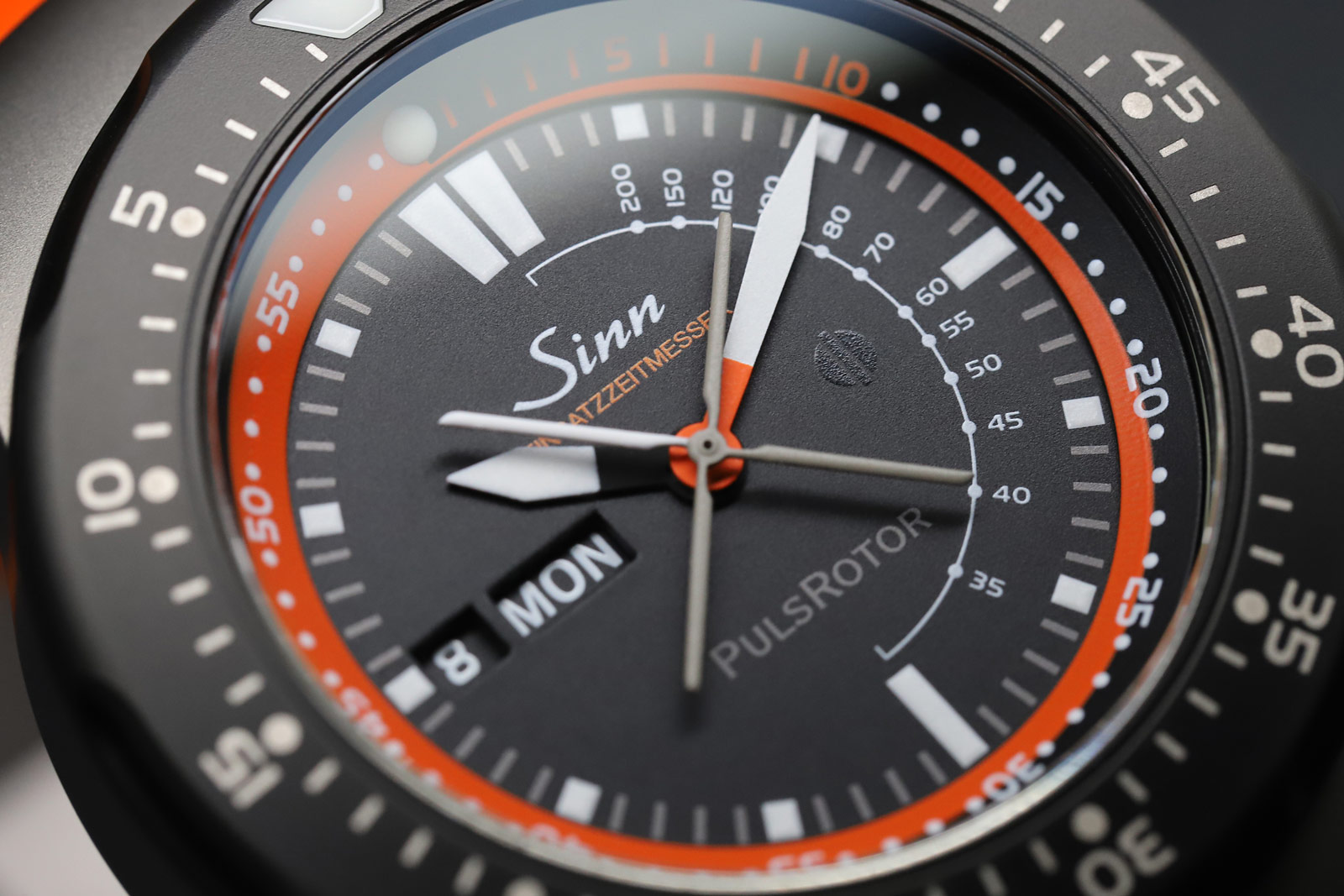
The EZM 12 was not designed as merely a theoretical exercise. Real world testing of the EZM 12 was done by emergency doctors in both civilian and military employ, who helped shaped the unusual features of the watch.
One was Dr Martin Leitl who is stationed in Switzerland’s Bernese Oberland as part of an alpine rescue service. He is a member of a helicopter crew that attends to hikers caught in an avalanche, ski accidents, or stranded paragliders.
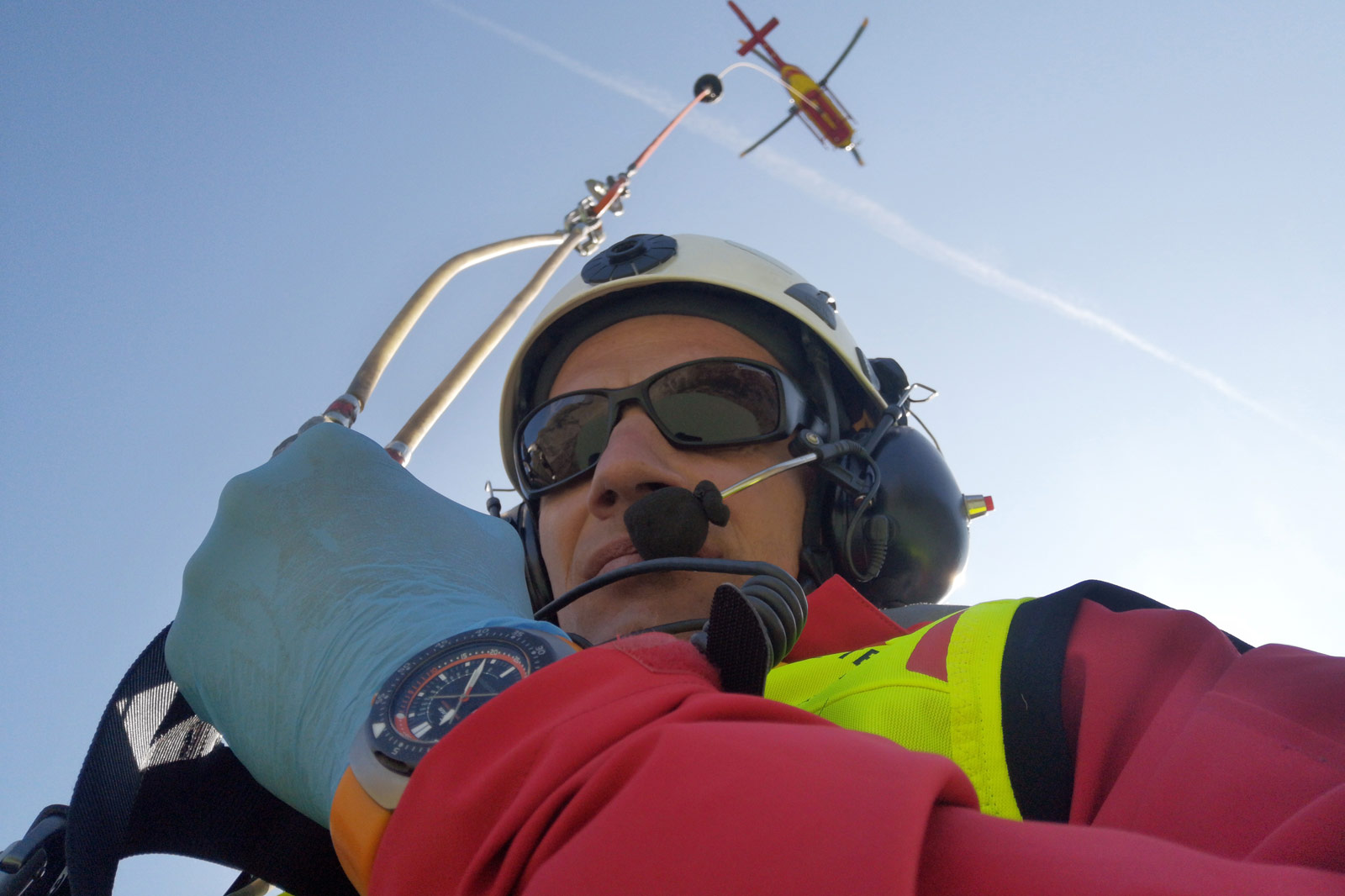
Descending from a helicopter, Dr Leitl with the EZM 12
He is also a watch enthusiast whose interest in mechanical watches dates back years, making him an ideal candidate to test the EZM 12 during its conception. And if the Swiss Alps weren’t enough of a challenge for the EZM 12, the watch also accompanied Dr Leitl on his second expedition to Antarctica where it survived the harsh arctic conditions unscathed.
Sinn also turned to medical specialists in the German army. One was Dr Dirk Weitzel, a lieutenant colonel in the army’s medical corp. As a doctor at the Christoph 23 air rescue base in Koblenz, Dr Weitzel wore the EZM 12 on missions in an emergency rescue helicopter.
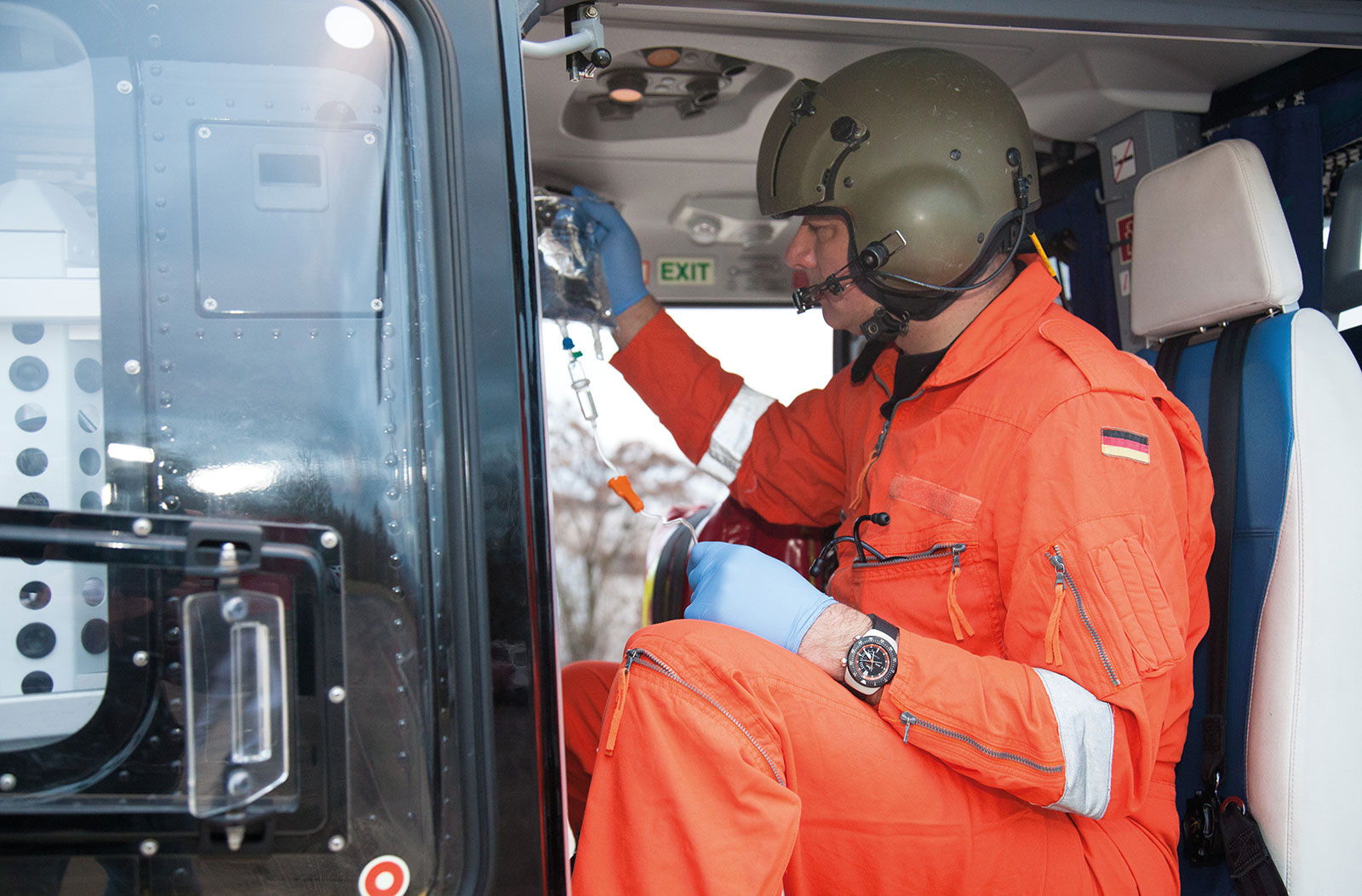
Dr Weitzel with the EZM 12
Purpose-built design
The input of medical professionals resulted in a tool watch with several novel features. The dial, for instance, is as much a medical instrument as it is a time-telling display.
Every rescue mission is a race against time to save a life. When the emergency medical worker arrives, he or she has to determine the best course of action for the situation at hand. Two principles guide this decision: “golden hour” and “platinum ten minutes”.
The “golden hour” refers to the 60 minutes within which the patient should arrive at the hospital, while “platinum ten minutes” means a patient in critical condition should be treated and transported within that period.
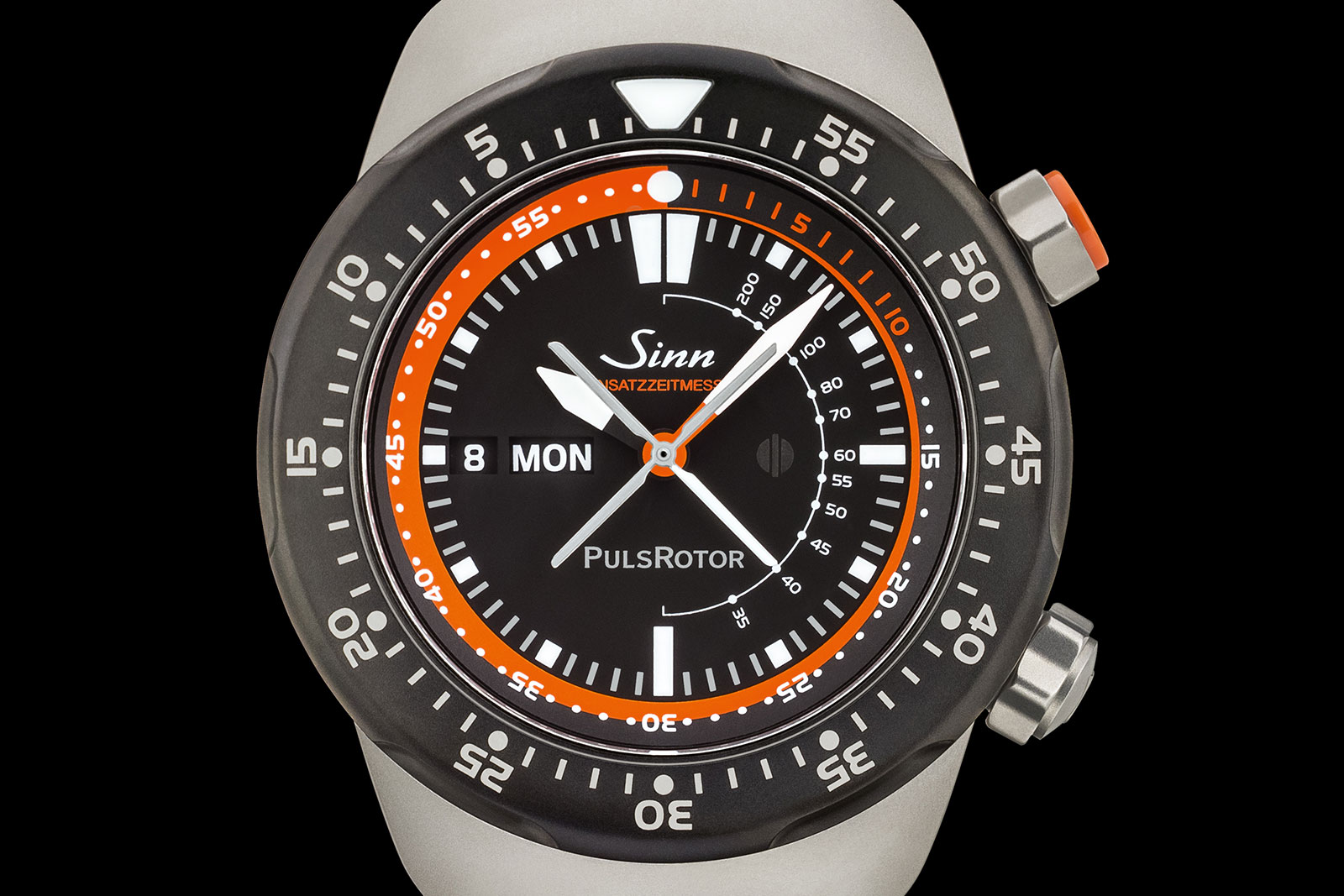
The EZM 12 was designed to keep track of these times with an inner count-up bezel that’s rotated via the crown at two o’clock. This inner bezel has both the ten- and 60-minutes segments highlighted. The outer rotating bezel with a countdown scale, on the other hand, is to monitor the times for administering medication.
Additionally, the dial features a pulse scale and a four-armed seconds hand dubbed the “Pulsrotor”. Together they allow for easy measurement of a pulse rate over 15 seconds.
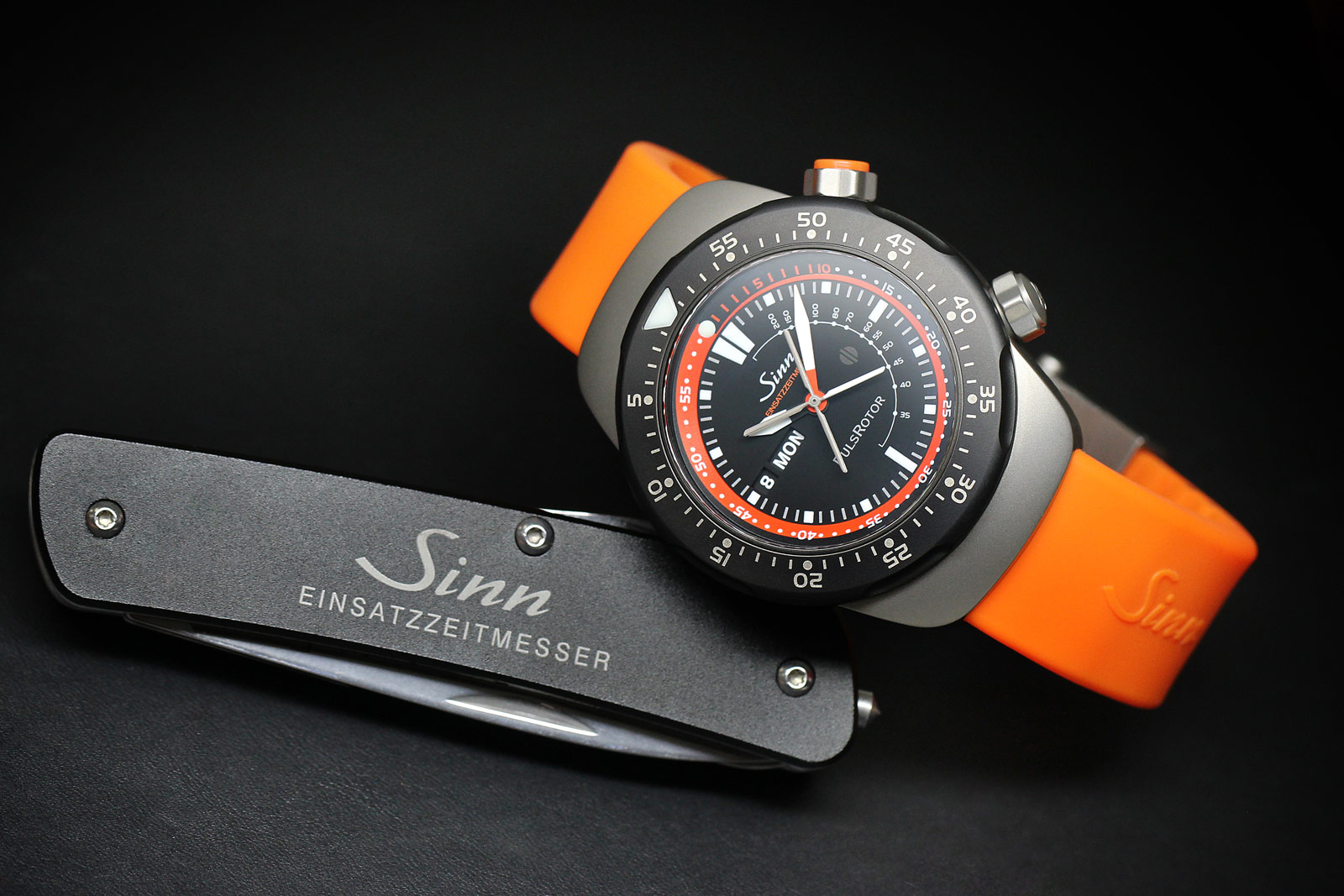
While many of the EZM models share the same case design, the EZM 12 is unique in Sinn’s catalogue with its rounded lines and hooded lugs. But the case design is not cosmetic, instead it is entirely functional. Amongst the key considerations when designing the case:
- All materials are resistant to disinfectants containing ethanol.
- No sharp edges that can tear latex or nitrile gloves, including the crowns, which have to be operated with gloves on.
- The rubber strap can be easily removed without tools.
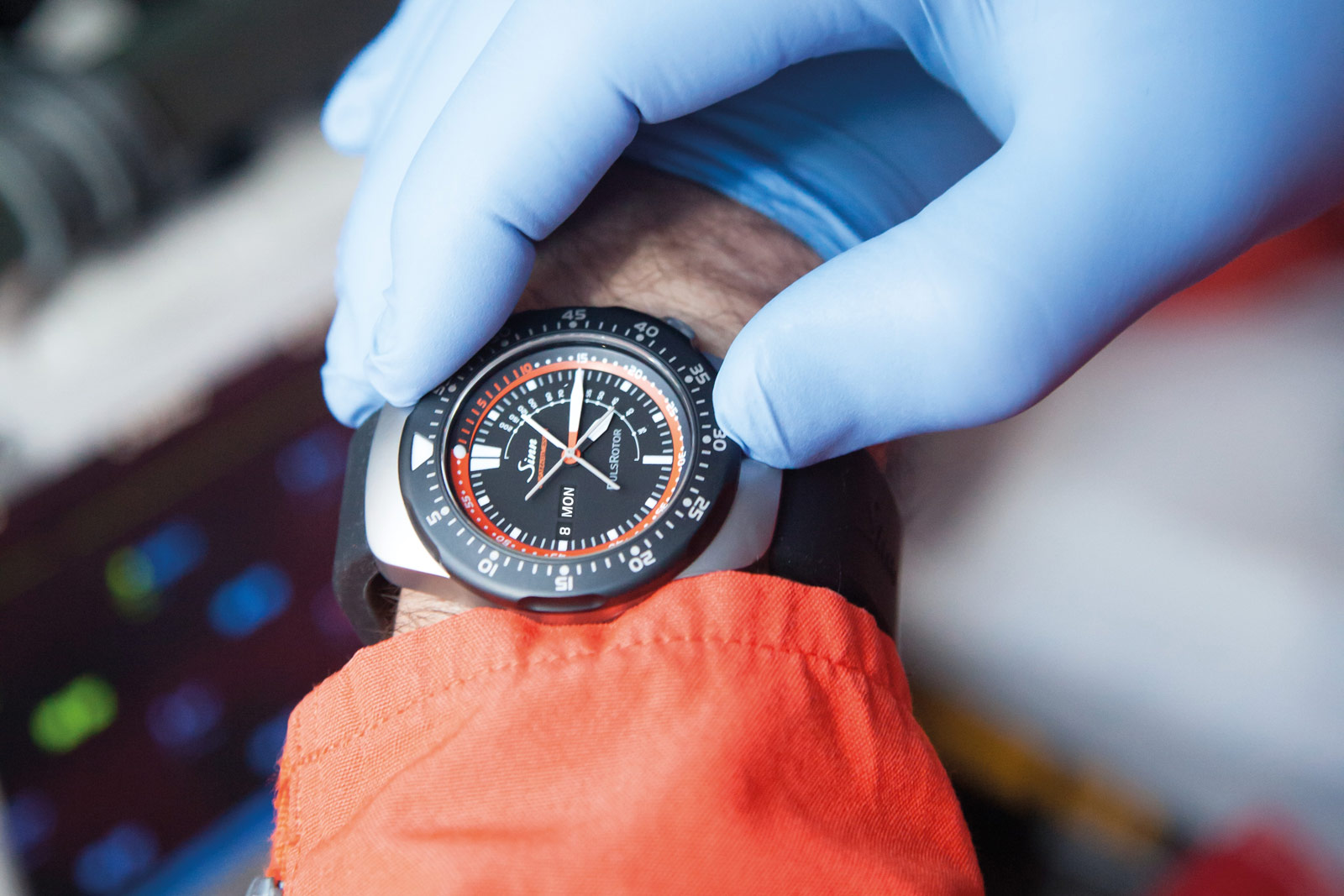
The resulting case is one that incorporates many of Sinn’s signature features like Tegiment hardening, but with a purpose-built design. Practically every surface and edge of the case is rounded, right down to the wide notches on the crowns and bezel, allowing for grip without damaging gloves. Even the press-fit case back is flat and smooth-rimmed, without the usual notches of a screw-down back.
More unusually, the rubber strap is specifically designed for the EZM 12. It hooks onto the springs bars and can be removed without tools. Similarly, the bezel is constructed so it can be removed with a penknife. As a result, the case and its attachments can be easily taken apart for cleaning.
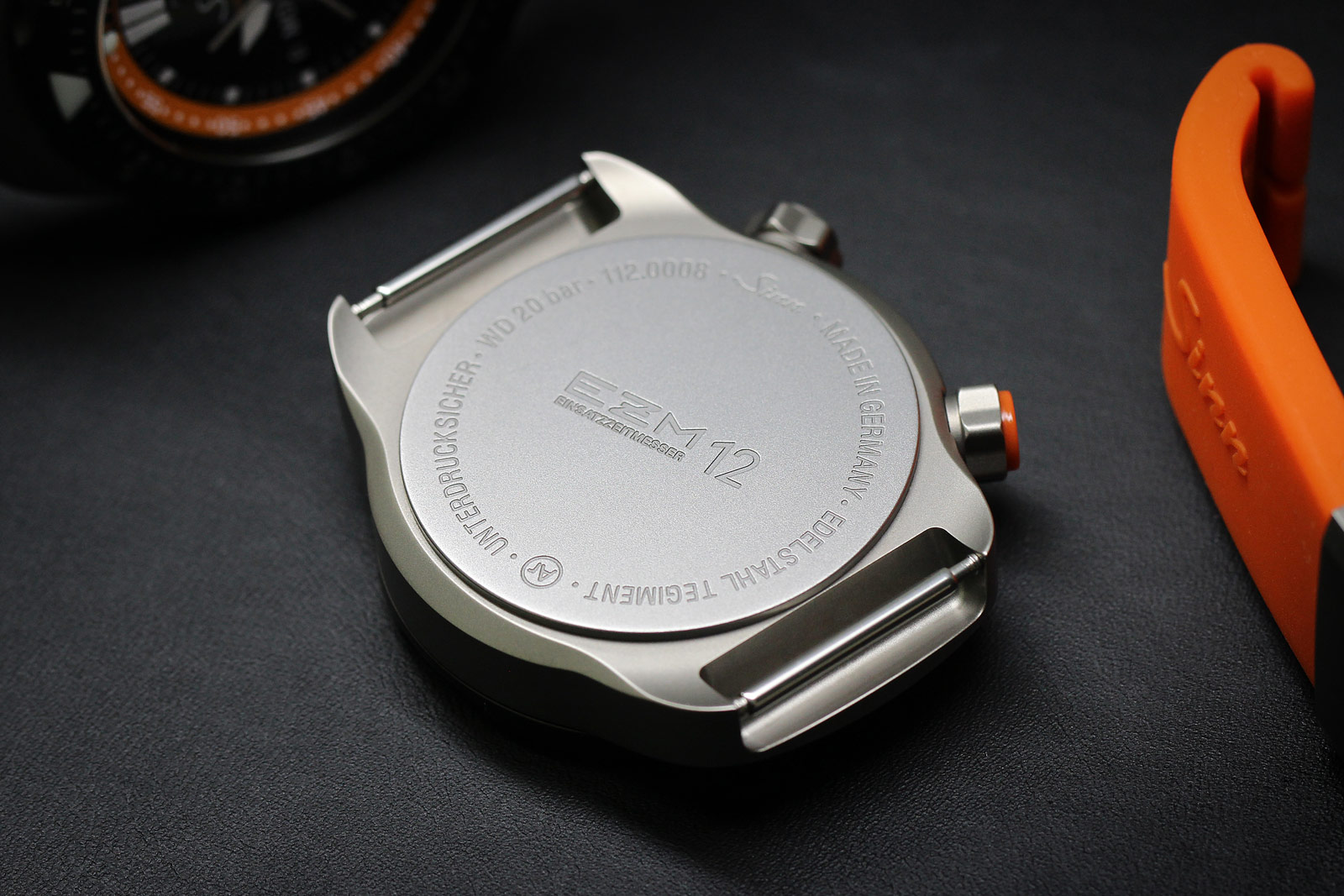
Water resistant to 200 m, the case is in Tegiment-treated stainless steel that’s finished with bead blasting to give it a smooth, matte surface. The bezel is also Tegiment steel, but protected by a black ceramic oxide coating for additional scratch resistance.
Sinn’s proprietary technology for surface hardening, Tegiment is similar to other low-temperature, diffusion-based techniques to harden the surface of metal alloys. The process creates a hardened top layer on the case, making it more robust than ordinary steel. In fact, Tegiment-treated steel is also more robust than ordinary steel with a scratch-resistant coating due to the difference in hardness between the coating and metal.
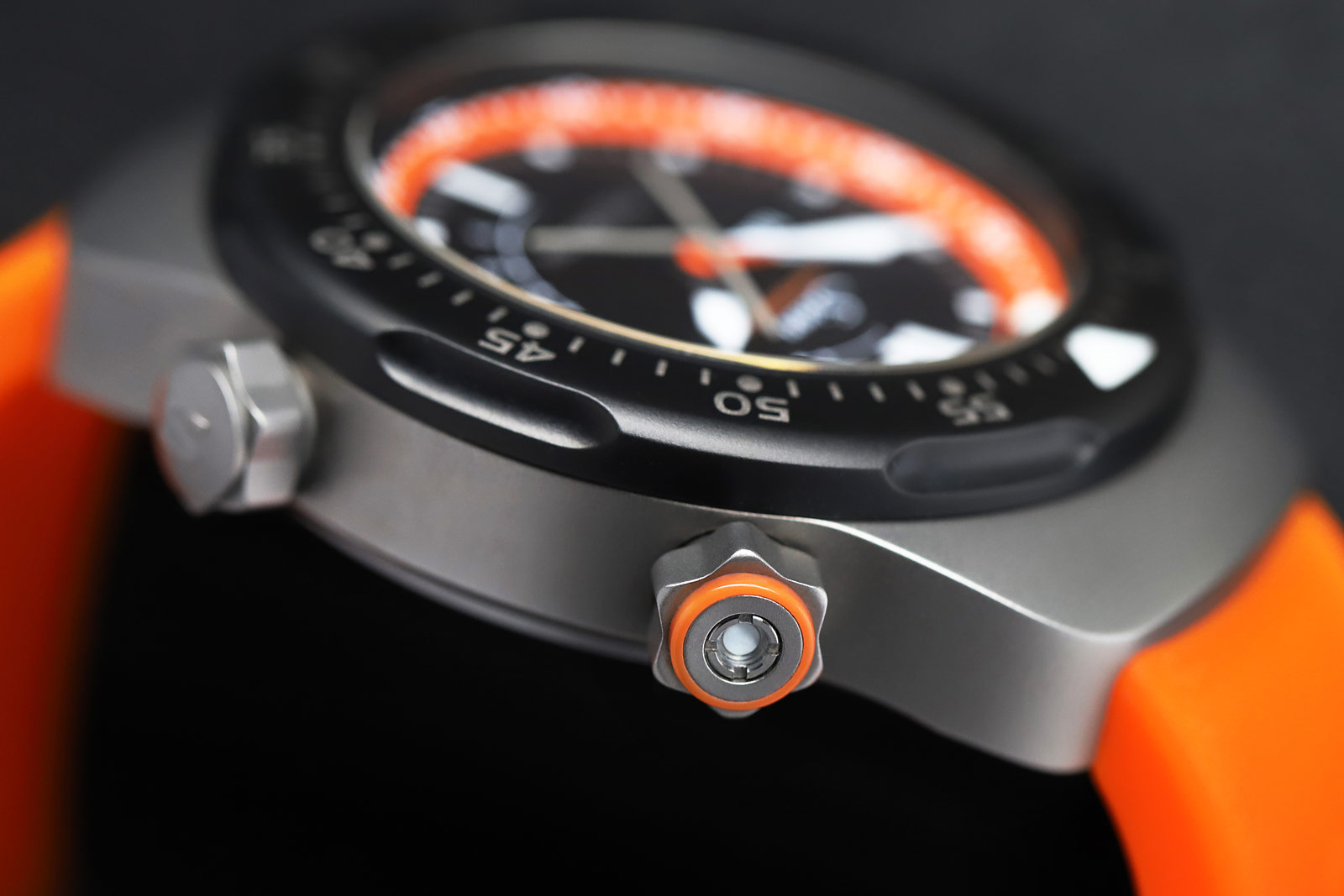
Additionally, the case is equipped with Sinn’s patented Ar-Dehumidifying technology, which works in two ways. First, the case is filled with nitrogen, a heavy, inert gas that prevents moisture from entering. Second, a capsule filled with copper sulphate powder is embedded in the crown at two o’clock and absorbs any moisture that does get in. As the copper sulphate absorbs moisture, it goes from white to blue, indicating replacement is required.
Back to top.

